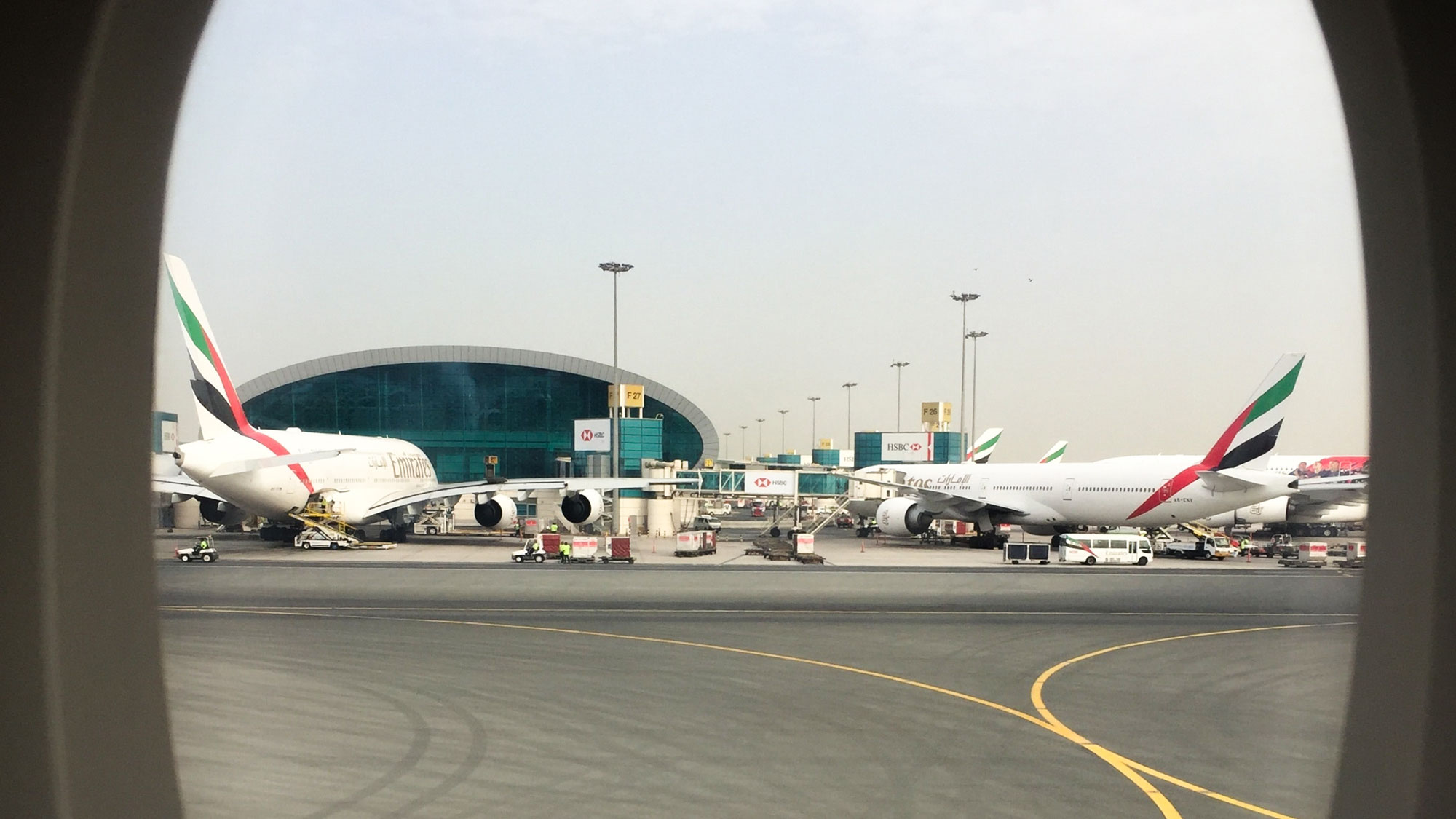



Dubai International Airport, a global aviation hub renowned for its grandeur and efficiency, has recently raised its outlook for the year, signifying a substantial revival in the aviation sector. The airport’s remarkable performance in the first half of 2023 has sent reverberations across the industry, marking a resurgence that surpasses pre-pandemic levels. Let’s delve into the numbers and what they signify for Dubai’s economy.
In a resounding display of recovery, Dubai Airports reported a staggering 49 percent increase in passenger numbers during the first half of 2023 compared to the same period in 2022. The numbers speak for themselves: 41.6 million guests passed through the airport’s gates during this time, up from 27.9 million in 2022. This meteoric rise was primarily fueled by a remarkable 43 percent surge in second-quarter passenger traffic.
Among the standout moments of this resurgence, the month of May emerged as the crown jewel in the airport’s calendar during the second quarter. An astonishing 6.9 million passengers traversed its terminals, further cementing its status as a global aviation powerhouse.
Paul Griffiths, the Chief Executive of Dubai Airports, was quoted as saying, “It’s been a rewarding first half for Dubai International, and amid increasing guest numbers, we take great pride in knowing we are continuously delivering with operational excellence and providing an exemplary guest experience.” This operational excellence has been a cornerstone of Dubai’s aviation success, attracting passengers from around the world.
The first half of 2023 also witnessed an impressive increase in the average number of guests per flight, reaching 214 passengers. The load factor, a crucial metric for airlines that measures how effectively they fill available seats, stood at a commendable 77 percent. These statistics demonstrate Dubai International’s commitment to maximising capacity utilisation and overall efficiency.
In terms of passenger volume, India retained its position as the top destination country for DXB during the first half of the year, with a substantial six million passengers. Saudi Arabia followed closely with 3.1 million passengers, while the United Kingdom secured the third spot with 2.8 million passengers. These numbers underscore Dubai’s strategic importance as a global transit hub, connecting travellers to a myriad of destinations worldwide.
The significance of these figures extends beyond the walls of Dubai International Airport. They are indicative of Dubai’s economic resurgence, reflecting its robust commitment to reviving the aviation sector after the turbulence caused by the COVID-19 pandemic.
The surge in passenger numbers signifies renewed confidence in international travel, not only boosting the aviation industry but also revitalising tourism, hospitality, and the broader economy of Dubai. As travellers flock to the city, businesses that rely on tourism are experiencing an uptick in demand, ranging from hotels to restaurants and local attractions.
Furthermore, the increase in flight efficiency and load factor bodes well for airlines operating through Dubai International. Higher load factors translate into improved profitability for airlines, which, in turn, contributes to the airport’s attractiveness as a global transit hub.
Dubai International Airport’s stellar performance in the first half of 2023 is a testament to the city’s resilience and adaptability in the face of adversity. It underscores Dubai’s unwavering commitment to maintaining its status as a global aviation and business hub. As the aviation industry continues to recover, these numbers provide not just hope but tangible evidence of a brighter future for Dubai and its economy.
Also read: Dubai’s aviation industry statistics soar to new heights as global prospects improve
Don’t forget to share this post!
We use cookies to enhance your experience on our website. If you continue using this website, we assume that you agree with these. Learn more.



Pingback:【最新版】日本人向け、ドバイへの不動産投資を徹底解説:投資環境の実態と成功のポイントを網羅 | 【公式】海外不動産のオクマン